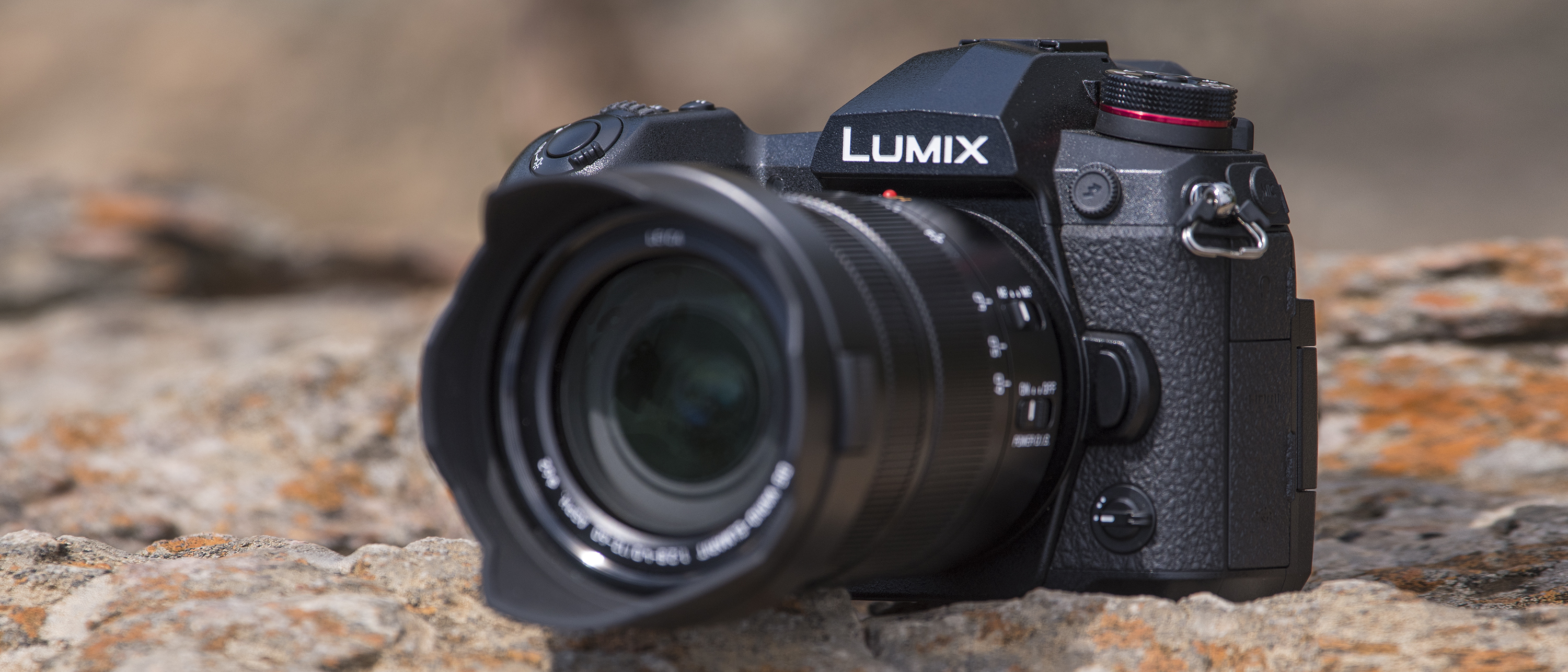Why you can trust TechRadar
Build and handling
- Magnesium alloy body
- Status LCD display
- Splash and dust-proof
The design of the Panasonic Lumix G9 sees a slight change in direction from the GH5. It looks a bit more hunched-over in its proportions, which is likely due to the raised shutter button and grip, while the sharp-edged pentaprism sits a bit lower.
The most obvious change to the design, though, is the arrival of a top-plate status LCD – this feature is common on high-end DSLRs, but the pricey Leica SL is the only other current mirrorless camera to sport one. While mirrorless designs have largely shunned the top-plate LCD it's nice to see one on the G9, making it easy to have a quick glance at all the key shooting settings.
The arrival of this display means the mode dial has shifted over to the left-hand side of the viewfinder, with the drive modes now selected via a switch at the base of the mode dial.
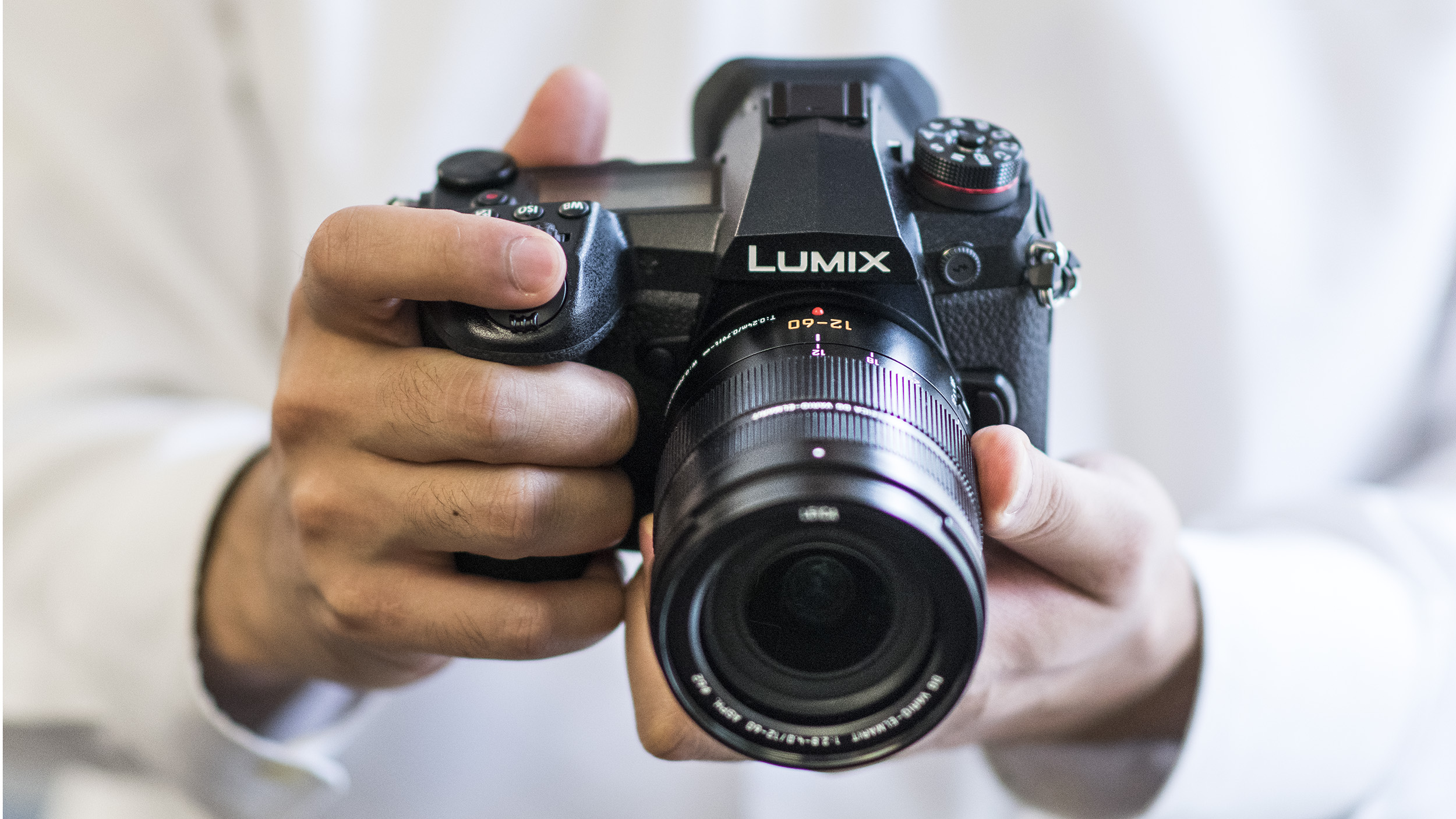
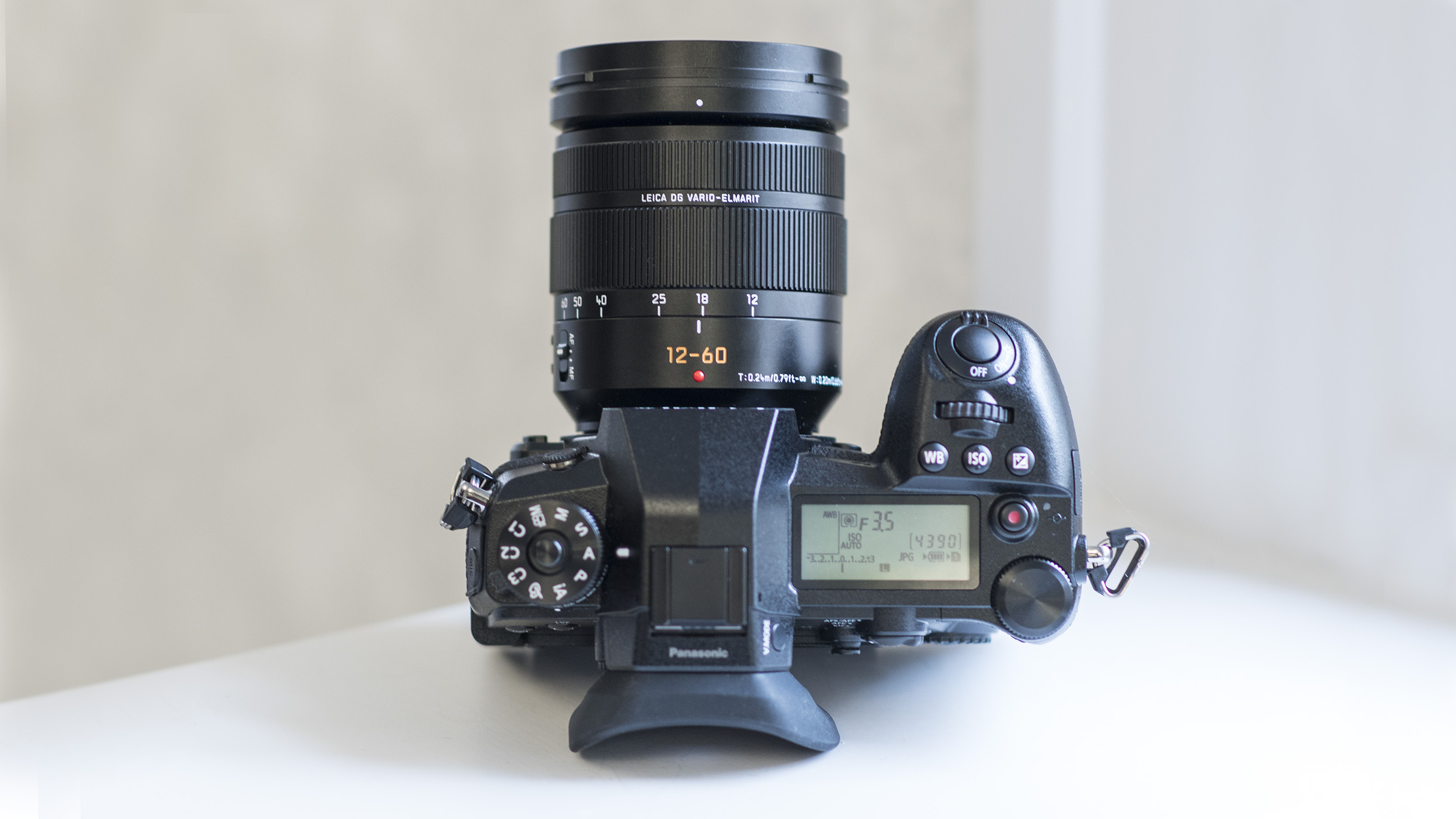
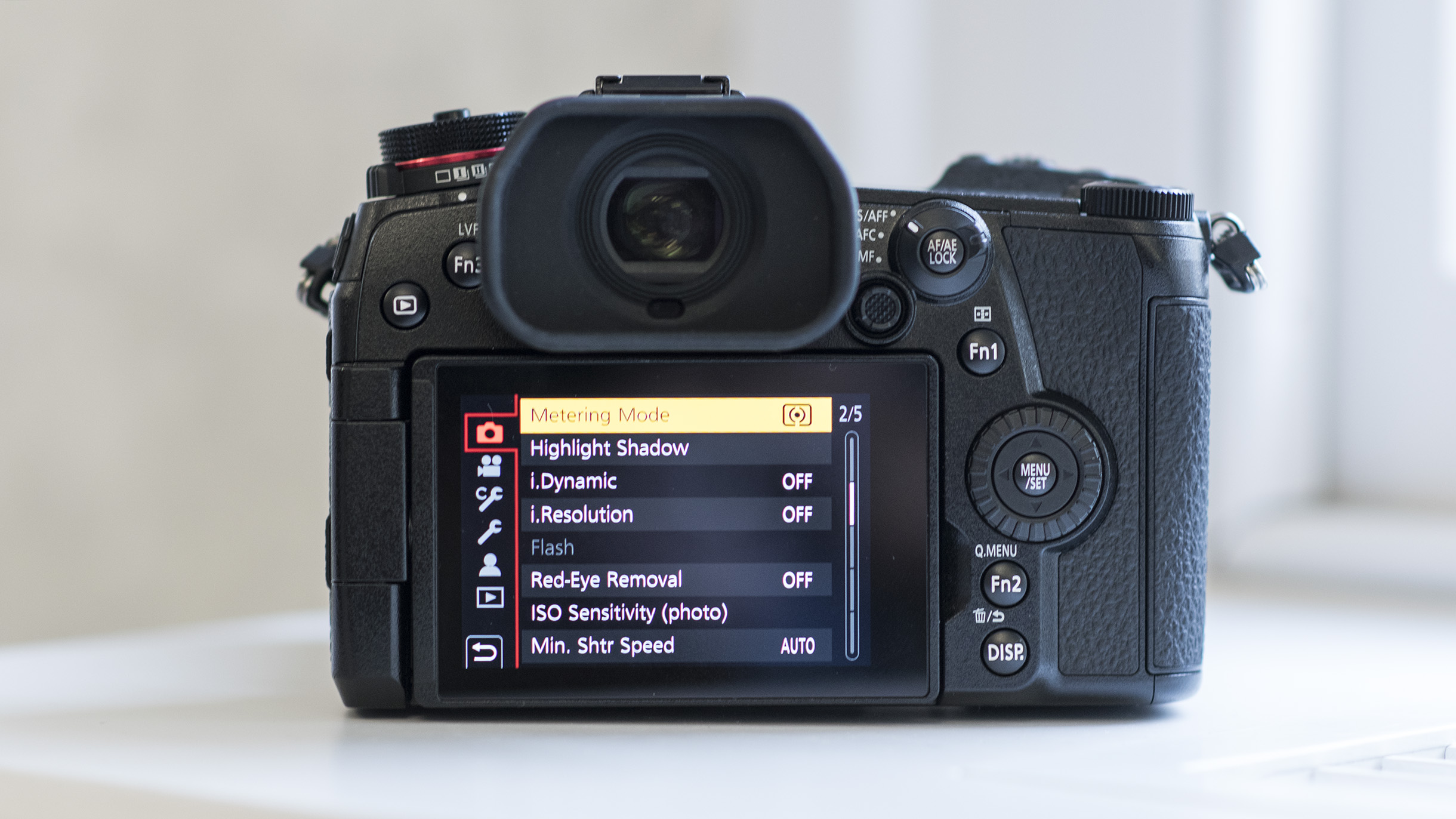
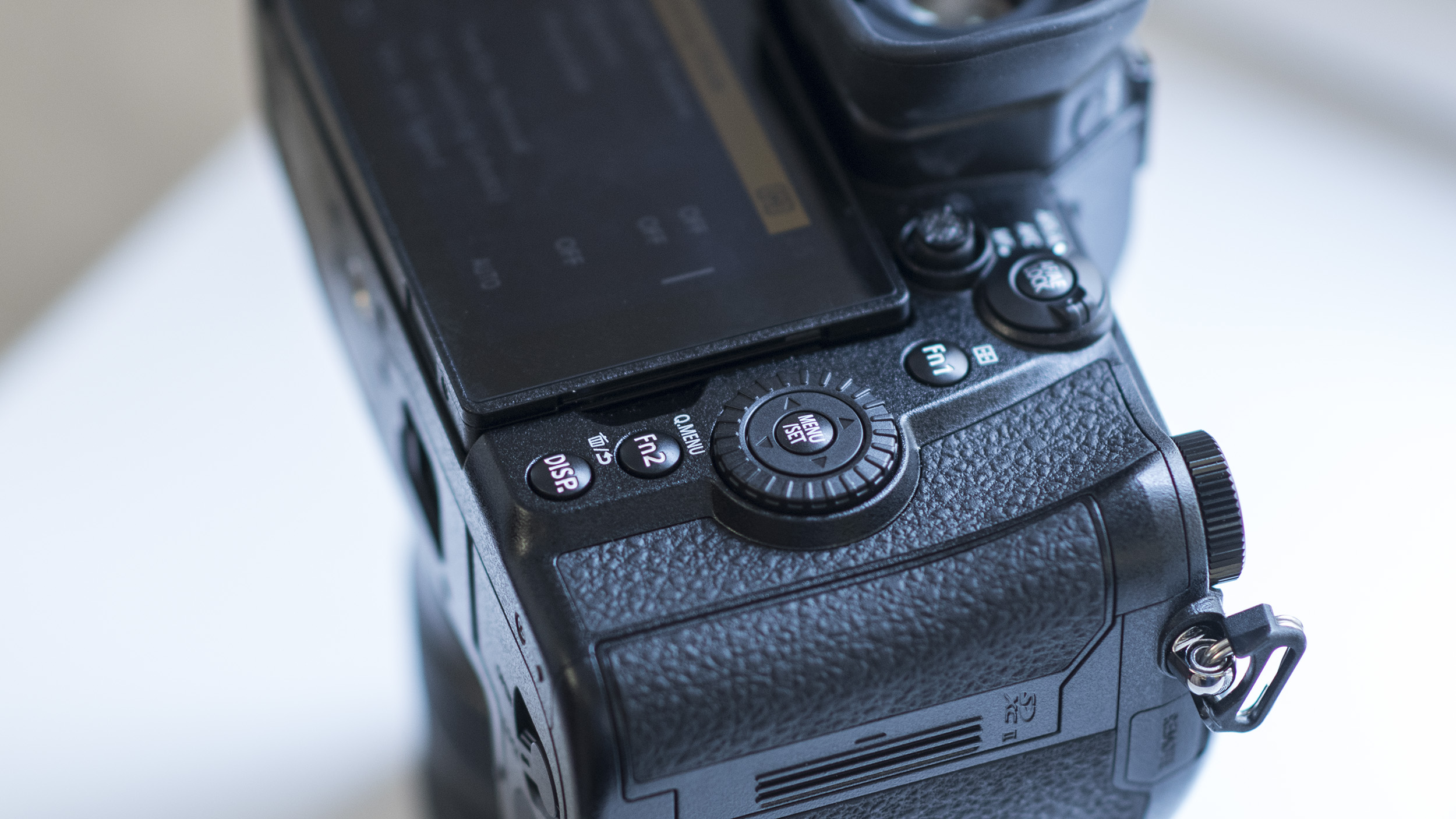
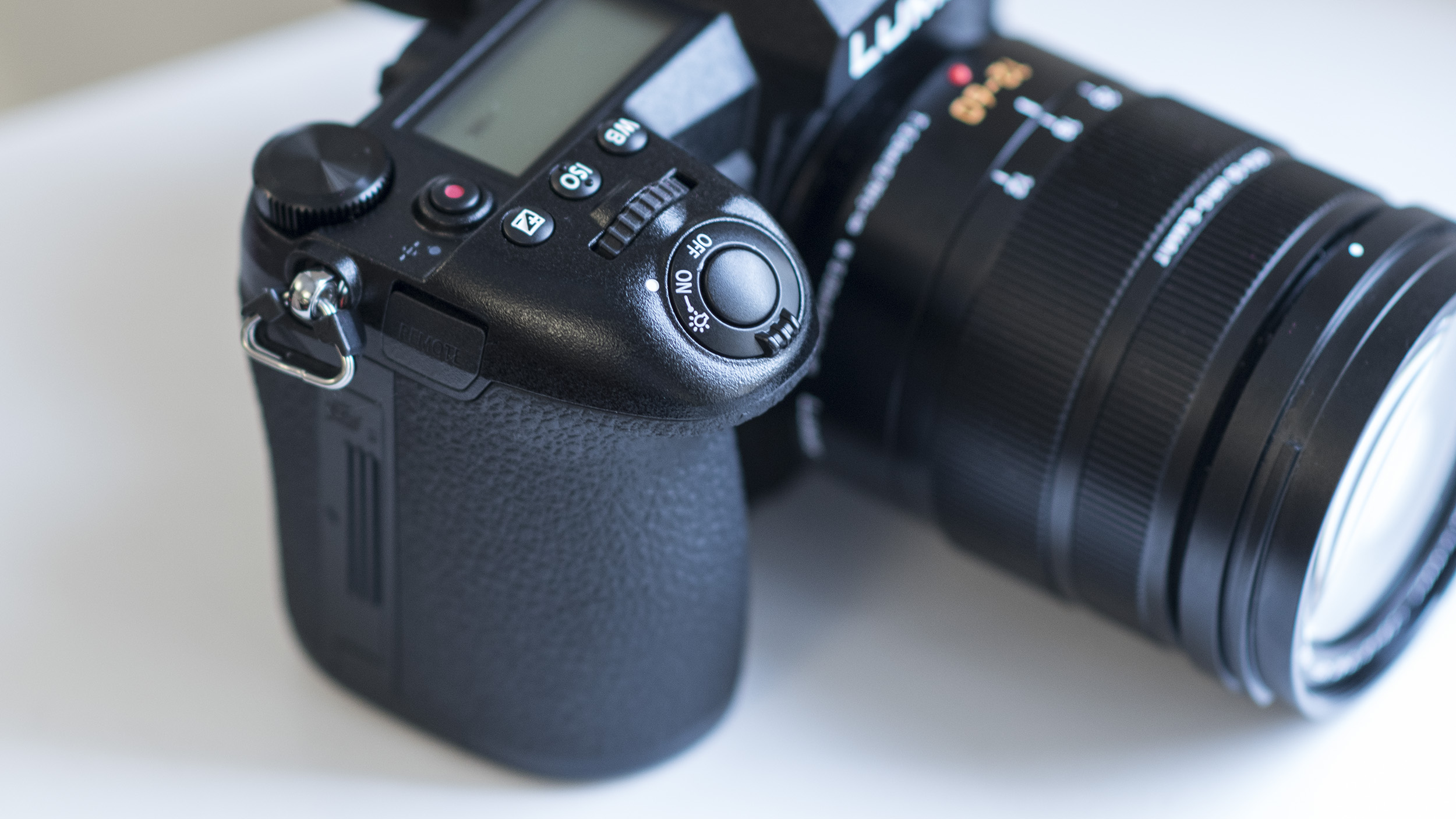
The rear of the Lumix G9 follows a similar control layout to the GH5. There have been some minor tweaks in terms of which button does what, but you still get a decent amount of programmable function buttons. There's also a useful mini-joystick for quick AF area selection.
The G9 features a decent-sized handgrip, while the rear thumb rest is a bit more pronounced compared to the GH5, enabling you to get a firm and comfortable grip on the camera. The G9 feels nice and solid thanks to the magnesium alloy front and rear frames, while it's also been sealed to make it splash-, dust- and freeze-proof.
We used the G9 a lot with the new Leica-branded 200mm f/2.8 telephoto prime lens, which balances really well on the camera, especially if you pair it with the optional DMW-BGG9 battery grip.
Autofocus
- 225-area AF system
- Customizable AF settings
- 0.04 sec AF speed
The Lumix G9 gets the same 225-area AF coverage as the GH5, which covers the majority of the frame, though not quite to the edges. Focusing is sensitive down to light levels as low as -4EV, while the G9 also uses Panasonic's DFD (Depth from Defocus) autofocus technology.
Sign up for breaking news, reviews, opinion, top tech deals, and more.
While mirrorless rivals have embraced a hybrid AF system that takes advantage of both phase-detect and contrast-detect AF methods, Panasonic has opted to plough on with solely contrast-detect autofocus. While you'd expect this approach to result in slower AF acquisition than from rival cameras, it certainly doesn't seem to be compromised in use. Achieving a 0.04 sec acquisition speed (a very slight improvement over the GH5's 0.05 sec) in our testing, it certainly didn't leave us wanting – and even in poor light it managed to lock on without any issues.
There are plenty of focusing modes to choose from too. If you want to keep things simple, opt for the 225-Area mode in single AF and the camera will do much of the hard work for you, choosing which part of the frame it thinks you want to focus on; if it doesn't get it quite right you can always use the joystick to toggle to your desired point of interest. There's also a Face/Eye Detection mode if you're going to be shooting a lot of portraits.

Click here to see the full-size image
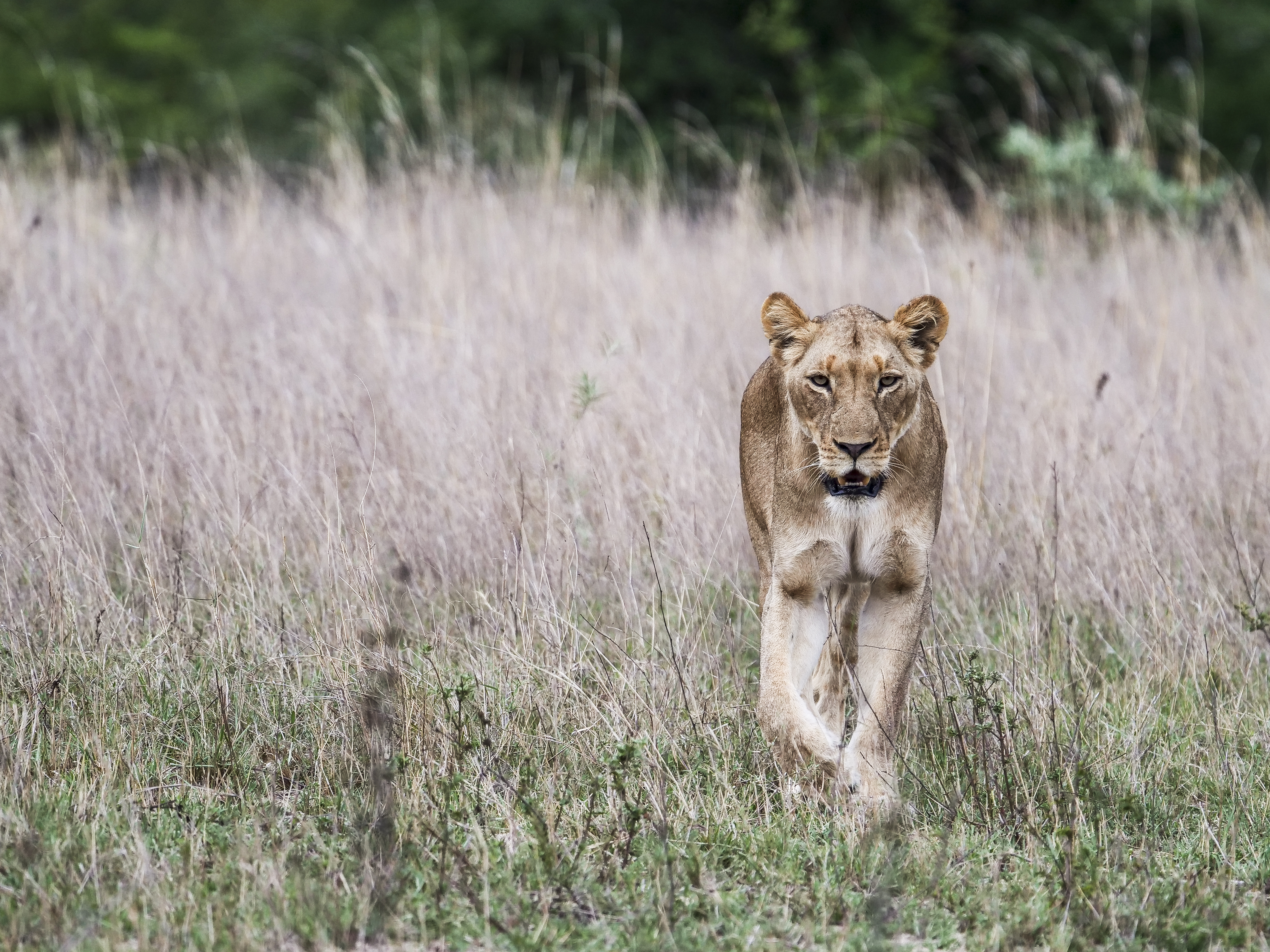
Click here to see the full-size image

Click here to see the full-size image
There are also Pinpoint (single AF only) and Tracking modes, but we found that we predominantly used either the Custom Multi or 1-Area modes for a lot of the subjects we were shooting. The flexibility to change the amount of AF areas covered in Custom Multi is really useful (though we'd like it to store the last-used setting when you switch the camera off and on again), while the precision offered by the 1-Area AF mode was a must for some subjects.
As on the Lumix GH5, users can set up four different profiles with adjustable sensitivity, AF area switching sensitivity and moving object prediction, depending on the type of subject they're shooting.
Current page: Build, handling and AF
Prev Page Introduction and key features Next Page Performance and image quality
Phil Hall is an experienced writer and editor having worked on some of the largest photography magazines in the UK, and now edit the photography channel of TechRadar, the UK's biggest tech website and one of the largest in the world. He has also worked on numerous commercial projects, including working with manufacturers like Nikon and Fujifilm on bespoke printed and online camera guides, as well as writing technique blogs and copy for the John Lewis Technology guide.
